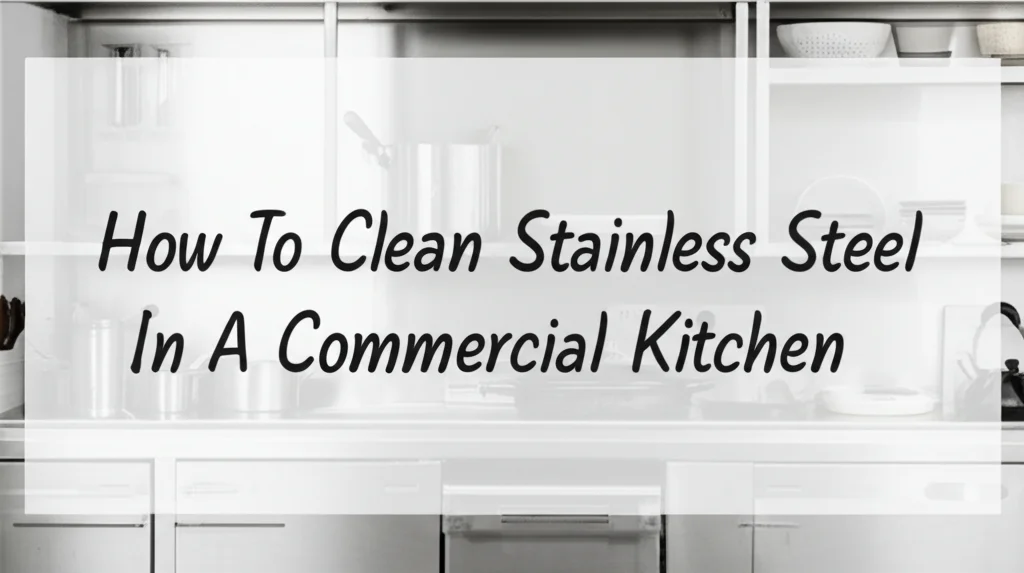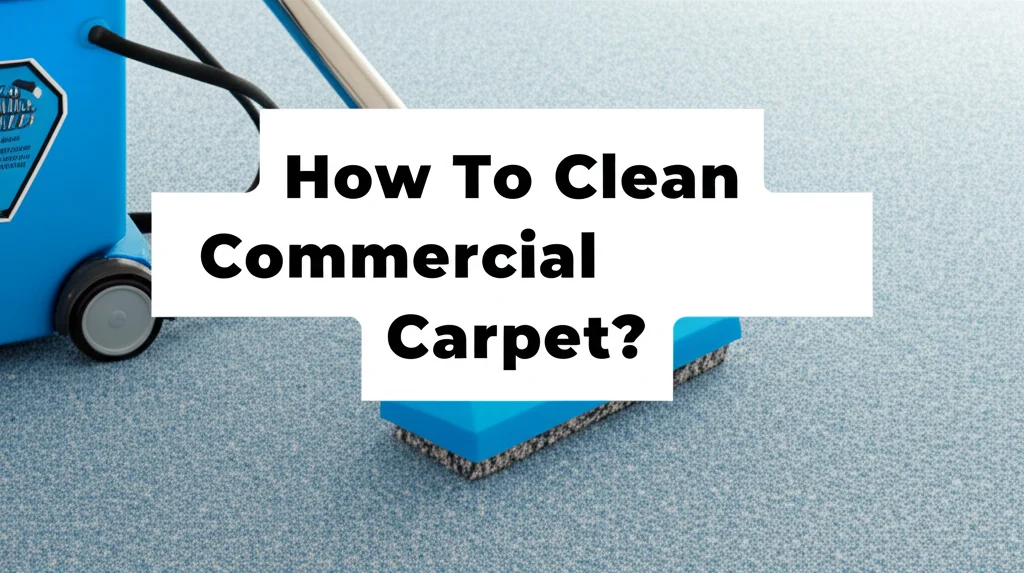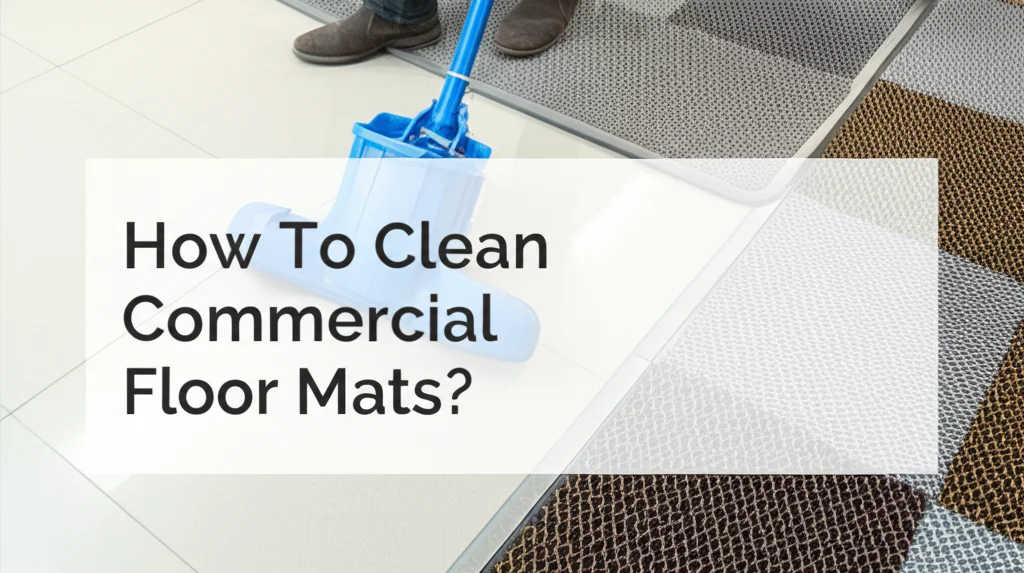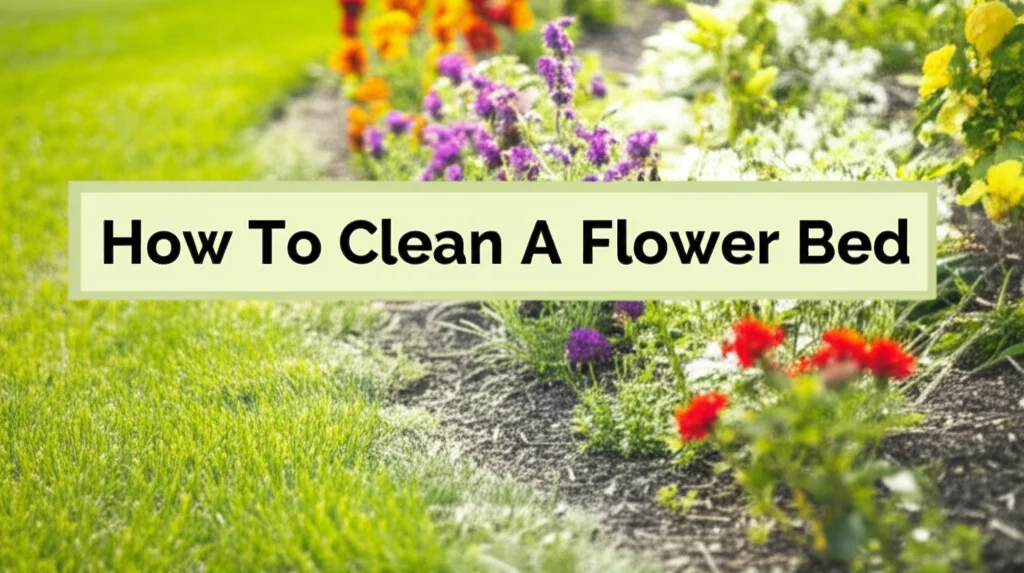· Commercial Cleaning · 7 min read
How To Clean Commercial Tile?

Keeping Your Business Shining: How To Clean Commercial Tile?
Do you want to maintain a professional and inviting atmosphere in your business? Clean floors are a huge part of that! Commercial tile floors, while durable, face a lot of foot traffic and require regular cleaning to stay presentable. This article will guide you through everything you need to know about how to clean commercial tile, from daily sweeping to deep cleaning techniques. We’ll cover the best methods, products, and schedules to keep your floors looking their best, protecting your investment and creating a safe environment for employees and customers. Let’s dive in and learn how to make your commercial tile floors shine.
Takeaway:
- Sweep or dust mop daily to remove loose debris.
- Mop weekly with a pH-neutral cleaner.
- Deep clean quarterly to remove built-up grime.
- Address spills immediately to prevent staining.
What is the best way to clean commercial tile floors?
The best way to clean commercial tile floors involves regular sweeping or dust mopping to remove loose dirt, followed by weekly mopping with a pH-neutral cleaner. For tougher stains or buildup, a deep cleaning with a specialized tile cleaner is recommended quarterly.
1. Understanding Your Commercial Tile
Before you start scrubbing, it’s important to know what kind of tile you’re dealing with. Different tile types require different cleaning approaches. Ignoring this can lead to damage or discoloration. Here’s a breakdown of common commercial tile types:
- Ceramic Tile: This is a popular choice due to its affordability and durability. It’s generally easy to clean and maintain.
- Porcelain Tile: More dense and less porous than ceramic, porcelain tile is highly resistant to water and stains. It’s a great option for high-traffic areas.
- Natural Stone Tile (Granite, Marble, Slate): These tiles are beautiful but require more delicate care. Avoid acidic cleaners, which can etch the surface.
- Vinyl Tile: A cost-effective and water-resistant option, vinyl tile is relatively easy to clean but can be susceptible to scratches.
Knowing your tile type will help you choose the right cleaning products and methods. Always check the manufacturer’s recommendations for specific cleaning instructions. You can find this information on the product packaging or the manufacturer’s website.
2. Daily Maintenance: Preventing Build-Up
Consistent daily maintenance is the key to keeping your commercial tile floors looking great. It prevents dirt and grime from building up, making deep cleaning less frequent and more effective. A little effort each day goes a long way.
- Sweeping/Dust Mopping: Sweep or dust mop floors daily to remove loose dirt, dust, and debris. This prevents grit from being ground into the tile surface, which can cause scratches.
- Entryway Mats: Place mats at entrances to trap dirt and moisture before they reach your tile floors. Regularly clean or replace these mats.
- Spot Cleaning: Address spills immediately to prevent staining. Use a clean cloth and appropriate cleaner for the type of spill. Don’t let liquids sit on the tile for extended periods.
- Floor Protection: Consider using floor protectors under furniture legs to prevent scratches and dents.
3. Weekly Mopping: The Core of Tile Cleaning
Weekly mopping is essential for removing dirt and grime that daily sweeping misses. Choosing the right cleaning solution is crucial. Avoid harsh chemicals that can damage the tile or grout.
- pH-Neutral Cleaners: Use a pH-neutral tile cleaner specifically designed for commercial use. These cleaners are effective at removing dirt without damaging the tile surface. You can find these at most janitorial supply stores.
- Dilution: Always follow the manufacturer’s instructions for diluting the cleaner. Using too much cleaner can leave a residue, while using too little may not effectively clean the floor.
- Mopping Technique: Use a clean mop and bucket. Dip the mop into the cleaning solution, wring it out thoroughly, and mop the floor in overlapping strokes.
- Rinsing (Optional): Some cleaners require rinsing with clean water. Check the product label for instructions. If rinsing, use a separate bucket of clean water and a clean mop head.
- Drying: Allow the floor to air dry completely. You can use fans to speed up the drying process.
For more information on floor cleaning, check out this article on https://www.beacleaner.com/how-to-clean-luxury-vinyl-plank-flooring/.
4. Deep Cleaning: Restoring Shine Quarterly
Even with regular maintenance, commercial tile floors benefit from deep cleaning a few times a year. This removes built-up grime and restores the tile’s shine.
- Pre-Cleaning: Sweep or dust mop the floor thoroughly to remove loose debris.
- Tile Cleaner Application: Apply a commercial tile cleaner designed for deep cleaning. Follow the manufacturer’s instructions for application and dwell time.
- Scrubbing: Use a floor scrubber or a stiff-bristled brush to scrub the tile surface. Pay attention to grout lines, where dirt and grime tend to accumulate.
- Rinsing: Rinse the floor thoroughly with clean water to remove all traces of the cleaner.
- Grout Cleaning: Consider using a grout brush and grout cleaner to specifically target grout lines. You can also find this information here: https://www.beacleaner.com/how-to-clean-floor-grout-without-scrubbing/.
- Drying: Allow the floor to air dry completely.
5. Tackling Stubborn Stains
Sometimes, despite your best efforts, stubborn stains appear on your commercial tile floors. Here’s how to tackle some common culprits:
- Oil/Grease: Apply a degreasing cleaner and let it sit for a few minutes before scrubbing.
- Coffee/Tea: Use a mild acidic cleaner, such as diluted vinegar, and scrub gently.
- Ink: Try rubbing alcohol or a specialized ink remover.
- Rust: Use a rust remover specifically designed for tile.
- Gum: Freeze the gum with ice, then carefully scrape it off with a plastic scraper.
Always test any cleaning solution in an inconspicuous area first to ensure it doesn’t damage the tile.
6. Choosing the Right Equipment
Having the right equipment can make cleaning commercial tile floors much easier and more efficient.
- Microfiber Mops: These mops are highly absorbent and effective at removing dirt and grime.
- Floor Scrubbers: These machines are ideal for deep cleaning large areas of tile.
- Wet/Dry Vacuums: Useful for removing spills and excess water.
- Spray Bottles: For applying cleaning solutions.
- Buckets: For holding cleaning solutions and rinse water.
- Grout Brushes: For cleaning grout lines.
Investing in quality equipment will save you time and effort in the long run.
7. Safety First: Protecting Your Team
Cleaning commercial tile floors involves using cleaning chemicals and equipment. It’s important to prioritize safety.
- Read Labels: Always read and follow the manufacturer’s instructions for all cleaning products.
- Wear Protective Gear: Wear gloves, eye protection, and appropriate footwear.
- Ventilation: Ensure adequate ventilation when using cleaning chemicals.
- Warning Signs: Place warning signs in areas being cleaned to alert employees and customers.
- Training: Provide proper training to cleaning staff on the safe use of cleaning products and equipment.
FAQ: Common Questions About Commercial Tile Cleaning
Q: Can I use bleach to clean commercial tile?
A: While bleach can disinfect, it can also damage certain types of tile and grout. It’s best to avoid bleach and use a pH-neutral cleaner instead.
Q: How often should I reseal my natural stone tile?
A: Natural stone tile should be resealed every 1-3 years, depending on the type of stone and the amount of traffic.
Q: What’s the best way to remove scuff marks from commercial tile?
A: Try rubbing the scuff marks with a clean tennis ball or a magic eraser.
Q: Is steam mopping safe for commercial tile?
A: Steam mopping can be safe for some types of tile, but it’s important to check the manufacturer’s recommendations first. Excessive heat can damage certain tiles. You can learn more about steam mopping here: https://www.beacleaner.com/can-you-use-a-steam-mop-on-linoleum/.
Conclusion: Maintaining a Clean and Professional Space
Cleaning commercial tile floors doesn’t have to be a daunting task. By following these tips and establishing a regular cleaning schedule, you can keep your floors looking their best, creating a clean, safe, and professional environment for your business. Remember that consistent daily maintenance, weekly mopping, and quarterly deep cleaning are key to success. Don’t hesitate to invest in quality equipment and prioritize safety. A sparkling clean floor is a reflection of your commitment to quality and customer satisfaction. If you’re looking for professional cleaning services, contact us today for a free quote!




